From the interior design to the outdoor landscaping, we want our homes to reflect our personal style and taste. When it comes to the architectural design of our homes, we have the opportunity to make a lasting impression that transcends trends and stands the test of time through timeless architecture.
Timeless architectural design not only adds value to our homes but also provides a sense of permanence and aesthetic appeal. In this article, we’ll explore what timeless residential architectural design means and how it can be incorporated into the design of our homes. Whether you’re building a new home in Atlanta, GA or renovating your current home in Boise, ID, understanding timeless design principles can help you create a beautiful and functional space that will be appreciated for years to come. We asked architects across the country for their guidance on how to implement timeless architecture. Here’s what they had to say.
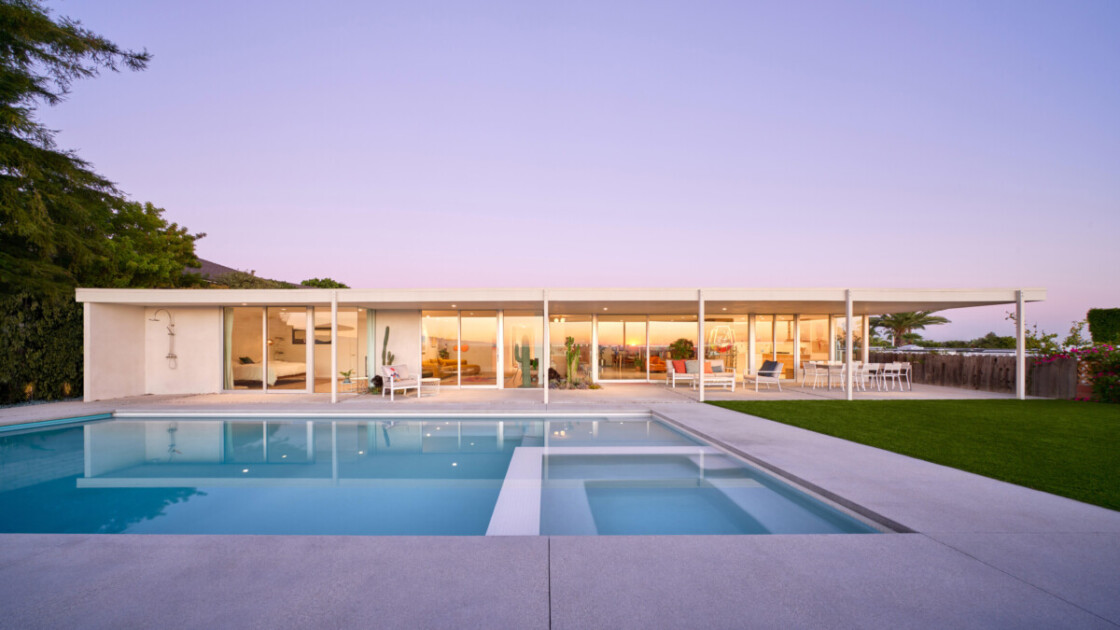
1. Procession, framed views, and connection to nature
“We believe that good architecture utilizes the timeless concepts of procession, framed views, and connection to nature,” shares RESOLUTION: 4 ARCHITECTURE in New York, NY. “Your arrival begins even before you walk through the door with a procession that takes you across a series of thresholds as subtle as a few steps up to a covered deck, or as pronounced as a bridge to the front door. Throughout the building, the architecture frames views of the surroundings establishing a connection to nature. Not only does this external connection exist, but also within the building itself, natural materials such as wood, stone, and concrete are used as timeless building elements.
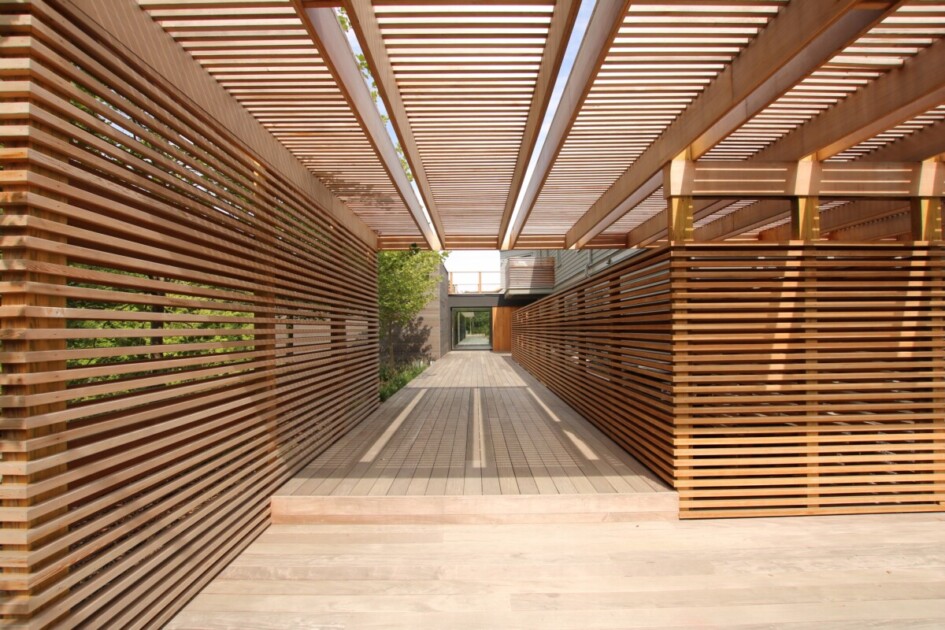
2. Timeless architecture focuses on comfort and wellbeing
“‘Architecture that stands the test of time’ is a design philosophy we take to heart at BAMO,” states Janet Mercier, Senior Associate at BAMO in San Francisco, CA & Providence, RI. “Whether it’s a private residence, luxury hotel or corporate workplace, we believe thoughtful design lasts a lifetime. I begin each project, much like my colleagues, with a sensory design approach that is guided by several purposes with a lot of focus on comfort and wellbeing. If you think about all the spaces you inhabit, you are a product of your environment. As an interior designer, I am responsible for composing that setting—spaces thoughtfully layered with materiality, texture, lighting, and a connection to nature—all crafted with intent and purpose to evoke memory and meaning. I like to believe that the spaces I design resonate with my clients, enrich their lives, but more importantly, create emotional connections. To me, that’s timeless.”
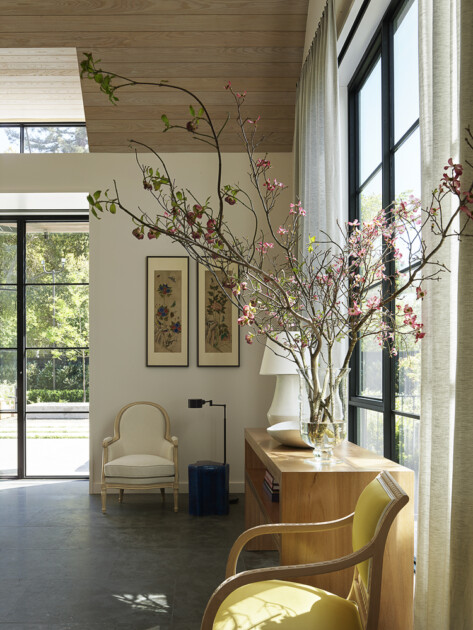
2. Mix of traditional style and flow
“Timeless design starts with a hint of nostalgia for traditional regional styles with a graceful flow of spaces,” explains Anne Callender, Maine Registered Architect, LEED AP BD+C of Whipple Callender Architects in Portland, ME. “Next, provide ample size windows for good daylighting throughout the day that hopefully provides views of trees and plant life, and connects the inhabitants to sunlight and nature. Detail trim work to have some width and scale that matches the size of the space to provide contrast and grounding of expanses of wall and windows. Then, use a variety of natural materials, especially wood flooring or natural stone, to add warmth, texture, and a contrast.”
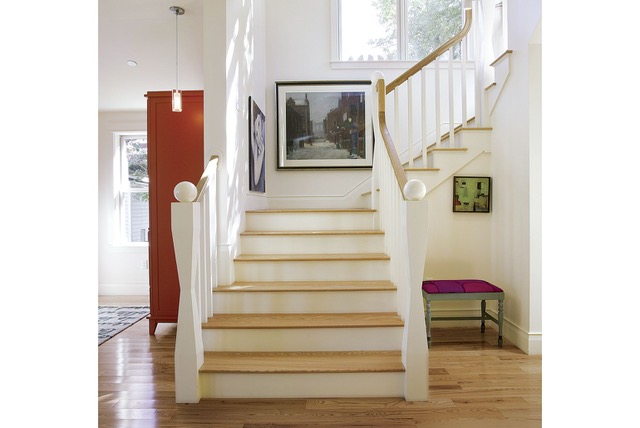
3. Solid and long-lasting materials create timeless architecture
“Buildings can possess a spirit of place, a genus loci, that reflects its date, means, and methods of construction as well as the interactions of the site, patrons, builders, visitors and inhabitants with the building itself,” says Byron K. Smith, NCARB, LEED AP President at studiosmith Architecture, LLC in Birmingham, AL. “As the building ages it is imbued with a sense of memory and permanence. The importance isn’t so much that we can date the building by its appearance or style but, rather, how it transcends any trend. Most often one may recognize the use of solid and long-lasting materials and appreciate it not only for its beauty but also the hands that put it in place.”
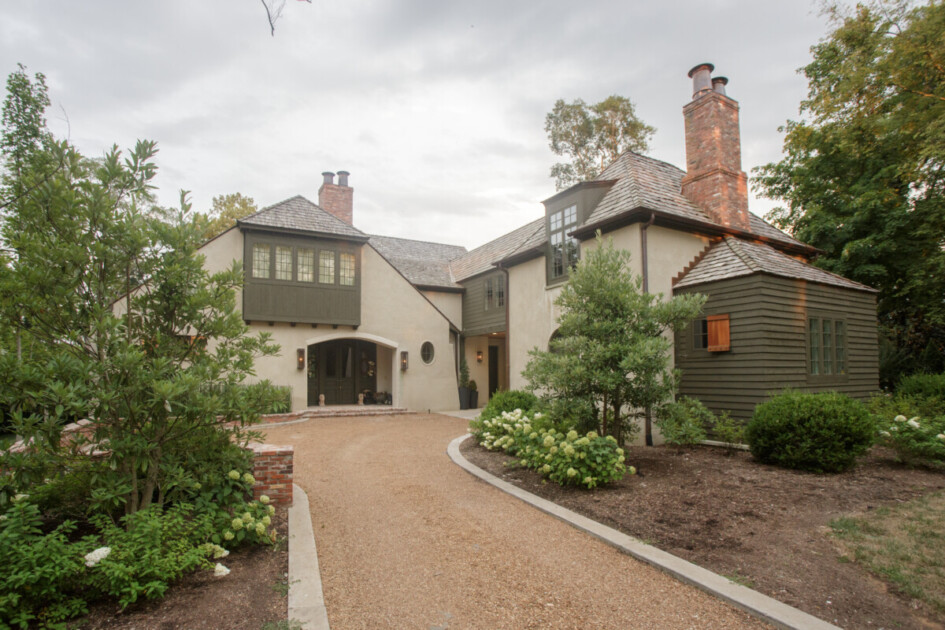
4. Optimize for functionality
“Timeless design is good design,” states Studio21 Architects in Downers Grove, IL. “Trends abound in regards to colors and finishes, and they can fall out of style just as quickly as they popped up. The real timeless design choices are the ones that have a function— window placements that bring in the most natural light, a flow to the floorplan that serves the family living there exactly how they need. We have a goal at our firm, which is to create ‘exceptional design where you wouldn’t change a thing.’ This goal requires a full understanding of the client’s functional needs and stylistic preferences, and whether trendy or timeless, a home that functions seamlessly for whomever lives within it is, in our opinion, design that stands the test of time.”
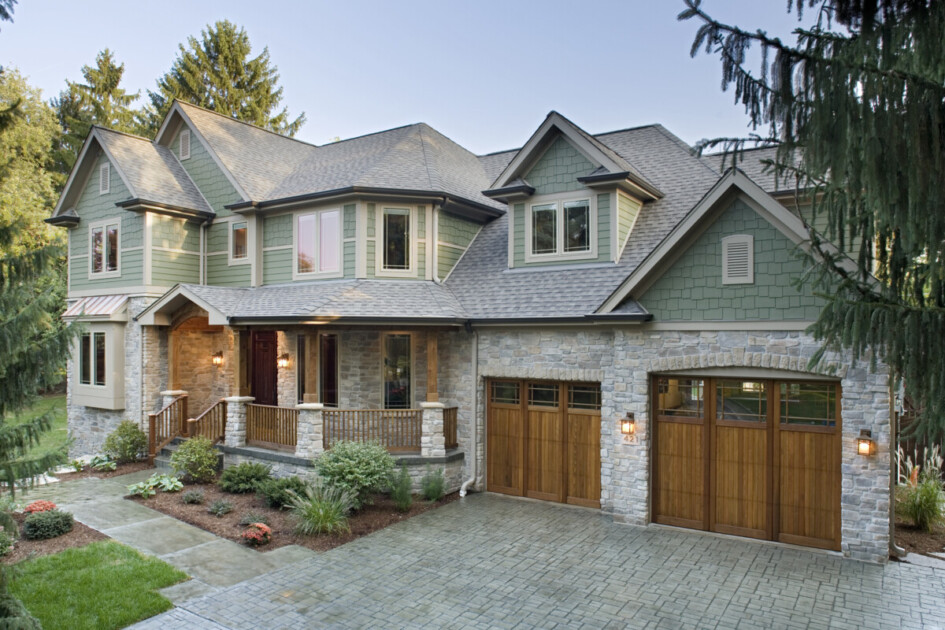
5. Design aligned with the sun
“When often asked about trends, I lean heavily on one constant: the sun,” shares Dan Brunn, FAIA Principal at Dan Brunn Architecture in Los Angeles, CA. “We know that it will rise in the east and set in the west. Good design and architecture is first and foremost space making. Quality spaces are relative to the human body and natural light. Following these core principles with a restrained and purposeful material palette yields timeless design.”
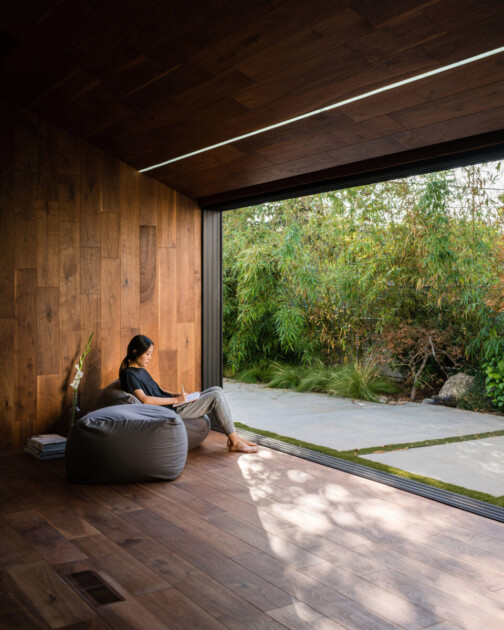
6. Incorporate natural materials
Barry R. Shaw AIA, G.C. at BSA Inc. Design & Construction in Broomfield, CO explains, “Integrating the use of natural materials such as stone, wood siding and plaster into contemporary forms of residential design, evokes a timeless sense of architectural sophistication that can likely flow through decades of understated substance.”
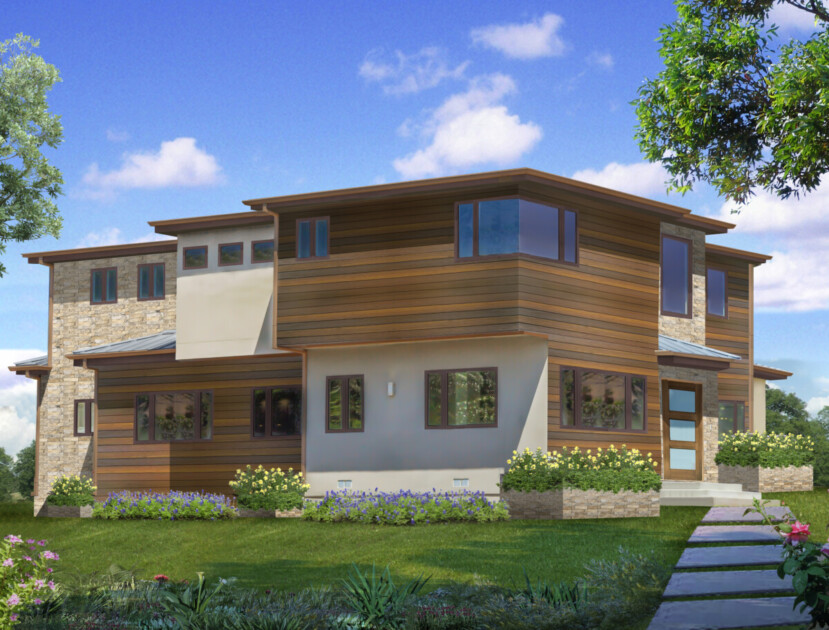
7. Prioritize timeless materials and connection to nature
“As an architect, I view the world through the lens of design,” shares Carol Kurth, FAIA, ASID, Principal of Carol Kurth Architecture + Interiors in Bedford, NY. “Each project brings a new spark — each site is unique and I’m awed and inspired by the surroundings, the sun, and shadows — all of which play a role in the architecture of a project. Quality and timeless materials such as steel and glass, along with expanses of windows that create a connectivity with nature, are a timeless aesthetic.”
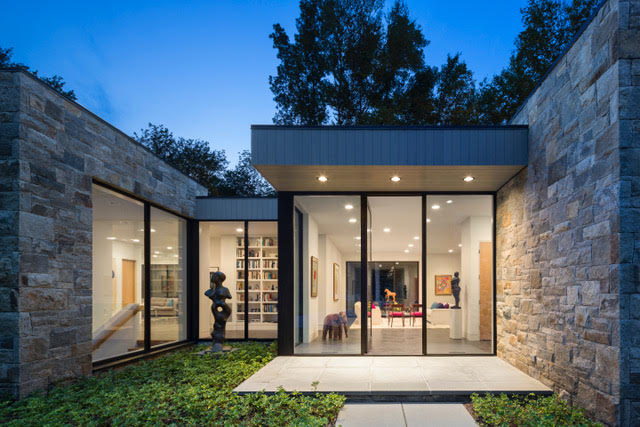
8. Celebrate the playfulness of space, form, and materials
“We work with Architecture that embraces and opens to nature to create beautiful, calm spaces employing local craft and embracing our coastal climate,” shares Cheryl Mcintosh, Director Of Marketing + Client Liaison of Rhodes Architecture + Light, a custom West Seattle Architecture firm that designs warm and light-filled homes. “We celebrate the playfulness of space, form, and materials. Our practice is focused on wellness-centered design complementing the way people live, play, and often work in their homes.”
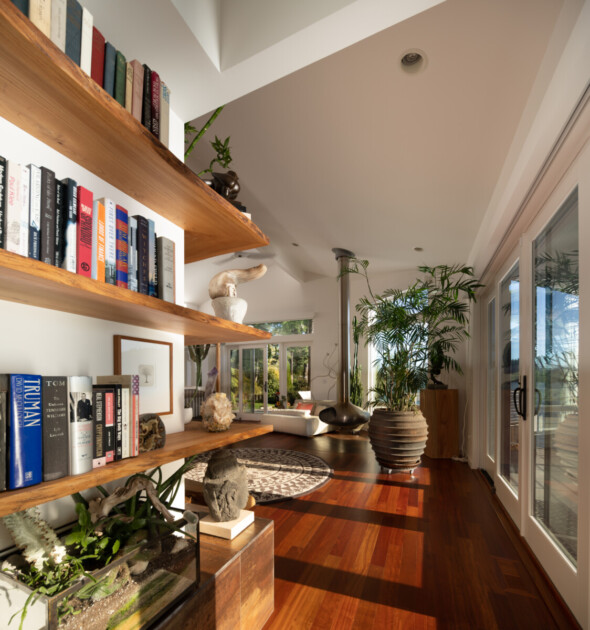
9. Incorporating classical design elements and principles of vernacular architecture
“Classical design elements, such as proportion and balance, are of paramount importance when it comes to creating architecture that transcends time,” shares Kevin Harris Architect in Baton Rouge, LA. “These elements have been utilized for centuries and have come to represent the very essence of enduring design. Their incorporation into architectural structures imbues them with a timeless quality, which allows them to resonate across different periods and styles.”
Kevin Harris goes on to share, “Furthermore, the principles of vernacular architecture, which emphasize the importance of designing structures that are responsive to the cultural and environmental context in which they are situated, play a crucial role in the creation of architecture that stands the test of time. The use of locally sourced materials and the incorporation of design features that prioritize the needs of the inhabitants and the environment over fleeting trends are key factors that contribute to the longevity of such structures. While new building materials are undoubtedly valuable, a thorough understanding of history and classical design can help architects utilize them in a manner that is authentic to the cultural and environmental context of the place in which they are working.”
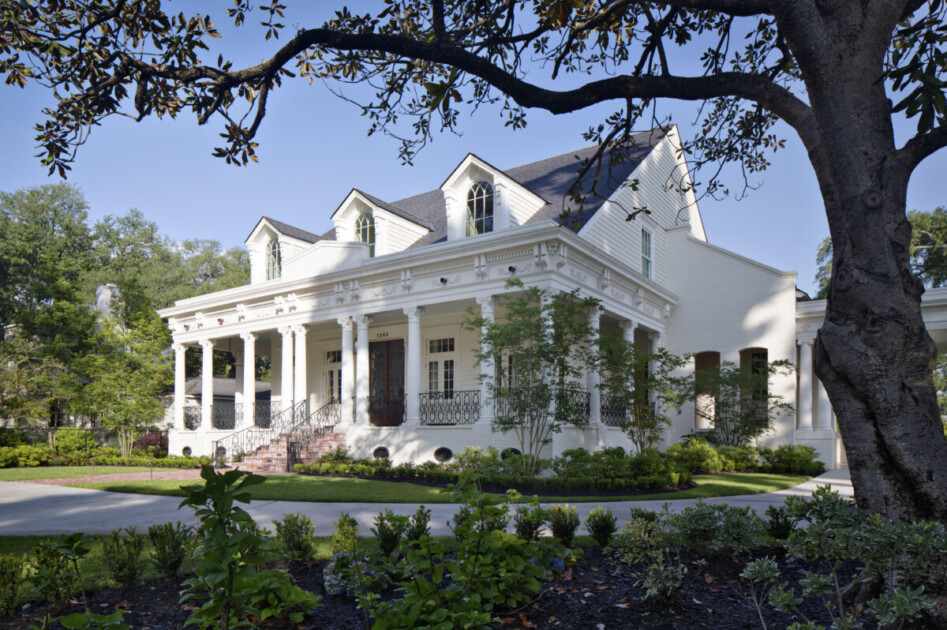
Timeless residential design: Final thoughts
Timeless residential architectural design is more than just a trend or a passing fad. It embodies a set of principles that have been tested and refined over time, resulting in homes that are not only aesthetically pleasing but also functional and durable. By incorporating these design principles into the architecture of our homes, we can create spaces that are both beautiful and practical, while also adding value to our properties. Whether you’re a homeowner looking to renovate your existing home or a homebuyer searching for a new one, understanding the importance of timeless design can help you make the right decisions and create a space that you will love for years to come.
This post first appeared on Redfin.com. To see the original, click here.
